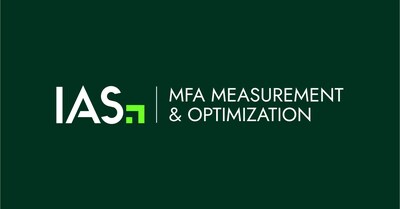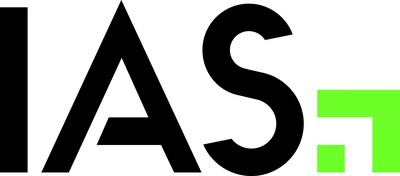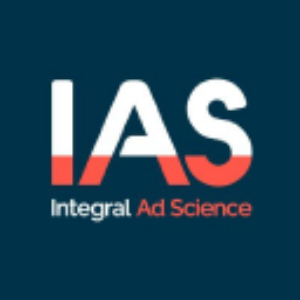IAS Expands "Made for Advertising" (MFA) AI-Driven Measurement and Optimization Solution with Industry-First Ad Clutter Detection and Avoidance Innovation
Enhanced global solution enables advertisers to activate pre-bid avoidance, further reducing media waste and increasing return on investment
MFA sites are web pages built to conduct ad arbitrage and feature low quality content (e.g. spam sites, or ad farms) created solely to serve ads, whereas Ad Clutter sites feature high ad density and high ad-to-content ratio, leading to lower performance. As opposed to a static exclusion list, IAS uses advanced machine learning technology and additional signals built into IAS's core platform to intelligently identify MFA and Ad Clutter sites.
"With the proliferation of MFA, global advertisers need safeguards to avoid ad arbitrage and low performing, high ad density sites while optimizing for media quality and performance," said Lisa Utzschneider, CEO of IAS. "We're proud to offer the industry's first pressure-tested solution for detecting and avoiding MFA and Ad Clutter sites at scale while also preserving the flexibility to reach audiences across a diverse range of publishers."
According to the ANA's recent Programmatic Media Supply Chain Transparency Study, MFA websites counted towards
The IAS MFA Measurement and Optimization solution supports the ANA's definition of MFA and has been trained against Sincera's deep library of metadata along with Jounce Media's widely adopted list of MFA domains. The solution leverages supply chain data and IAS-measured site characteristics including ad-to-content ratio, total number of ads, auto-refresh ads, refresh rate, traffic source, and autoplay video ads to report on MFA Ads, MFA Rate, Ad Clutter Ads, and Ad Clutter Rate.
"The industry should not conflate Made For Advertising supply with other forms of low quality advertising experiences. MFA publishers operate an ad arbitrage business model that has no place in the programmatic supply chain," said Chris Kane, President, Jounce Media. "Separately, media companies that produce original content and attract organic visitors sometimes engage in aggressive monetization techniques that dilute the value of advertising. By clearly distinguishing MFA supply from ad clutter, IAS is giving media buyers the tools they need to make informed decisions about inventory quality."
By partnering with IAS, publishers can also garner greater insight into their own inventory with solutions for how to improve quality and drive greater engagement with advertisers. For publishers identified as MFA or Ad Clutter, they'll also have greater visibility into their inventory quality. IAS MFA measurement promotes a healthier media ecosystem by enabling publishers to improve the quality of their properties and drive greater engagement with their advertisers.
IAS's MFA AI-driven site Measurement and Optimization solution expands on the beta announced in Q4 2023 and will be available globally beginning in Q2 2024. For more information on how IAS is identifying and combating MFA sites, visit: How Marketers Can Detect and Avoid Made for Advertising Sites.
About Integral Ad Science
Integral Ad Science (IAS) is a leading global media measurement and optimization platform that delivers the industry's most actionable data to drive superior results for the world's largest advertisers, publishers, and media platforms. IAS's software provides comprehensive and enriched data that ensures ads are seen by real people in safe and suitable environments, while improving return on ad spend for advertisers and yield for publishers. Our mission is to be the global benchmark for trust and transparency in digital media quality. For more information, visit integralads.com.
Contact: press@integralads.com
![]() View original content to download multimedia:https://www.prnewswire.com/news-releases/ias-expands-made-for-advertising-mfa-ai-driven-measurement-and-optimization-solution-with-industry-first-ad-clutter-detection-and-avoidance-innovation-302079194.html
View original content to download multimedia:https://www.prnewswire.com/news-releases/ias-expands-made-for-advertising-mfa-ai-driven-measurement-and-optimization-solution-with-industry-first-ad-clutter-detection-and-avoidance-innovation-302079194.html
SOURCE Integral Ad Science, Inc.










